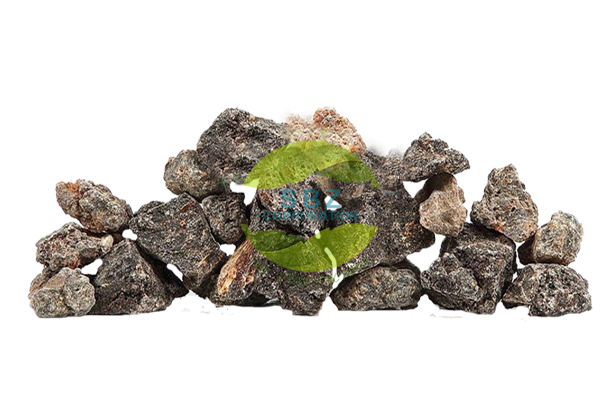Gums and Tree Resins
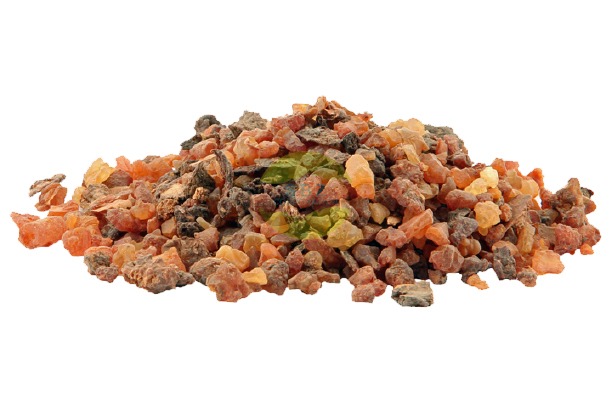
Gum Myrrh Pure
Gum Myrrh (Commiphora myrrha) is an aromatic resin that comes from a number of small thorny tree species in the genus Commiphora. Gum Myrrh (Commiphora myrrha) is similar to the Frankincense species when the tree wound penetrates the bark the tree bleeds resin. These resins are wild-harvested meaning when an animal brushes up the tree the resins fall off and then it is collected.Myrrh has a very bitter smell and taste but its’ uses make up for it. It has been used for centuries for incense as well as natural medicine, and for may heal wounds.It can be made into a tincture and used for any mouth issues. Pop a piece in your mouth when you have a toothache until you can get to the dentist. Caution is advised because it moves the blood. Those pregnant or have heart conditions or on blood thinners need to be careful using this resin.Also those menstruating need also to be careful because you may have heavier menstrual flows. Consult your doctor before using this resin.
Black Gum Myrrh
Black Myrrh is the natural dried resin of the Commiphora myrrha tree which is native to Somalia, Yemen and eastern Ethiopia. It was highly regarded in biblical times and has been used throughout history as a perfume, incense and medicine. Myrrh can be burnt on charcoal tablets (which we also have available) and fills the air with a very pleasant scent described as woody, warm, aromatic and pungent, and it is believed to bring a deeper sense of spirituality. Incense is burned in many countries on a daily basis before meditation and prayer, after cooking, to purify and cleanse the home physically and energetically, for magic, ritual, and for healing.
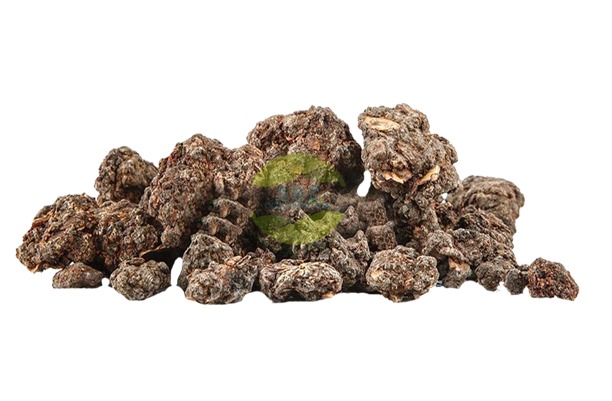
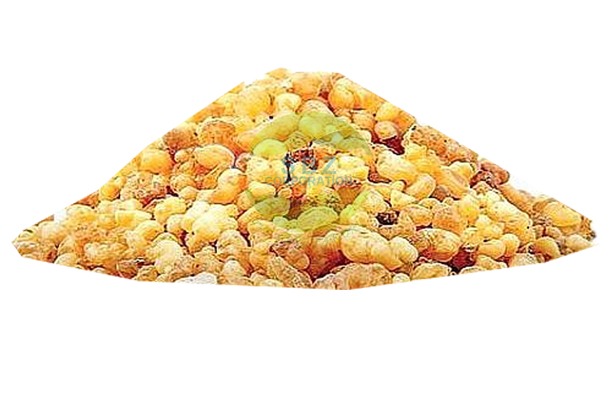
Gum Olibanum Premium
Gum Guggal Pure
Gum Guggal (Commiphora Mukul) originated from the Nagarparker region (Sindh) of Pakistan. Devadhupa, Balsamodendrum wightii, Balsamodendrum mukul, Commiphora mukul, Commiphora wightii, Gomme Guggul, Gomme-Résine de Guggul, Guggal, Guggul Gum Resin, Guggul Lipids, Guggulipid, Guggulipide, Guggulu, Guggulu Suddha, Guggulsterone, Guggulstérone, Guggulsterones, Guggulstérones, Guglipid, Gugulipid, Gum Guggal, Gum Guggulu, Indian Bdellium, Indian Bdellium-Tree, Koushika, Mukul Myrrh Tree, Palankasha, Yogaraj Guggul Gum Resin.Guggul is made from the sap (gum resin) of the Commiphora mukul tree, which is native to India. This tree has been used in Ayurvedic medicine for centuries, and Ayurvedic texts dating back to 600 BC recommend it for treating atherosclerosis.Today guggul gum resin is used for arthritis, lowering high cholesterol, “hardening of the arteries” (atherosclerosis), acne and other skin diseases, and weight loss.
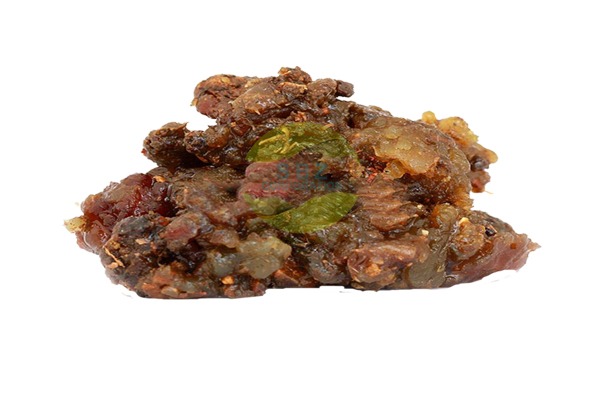
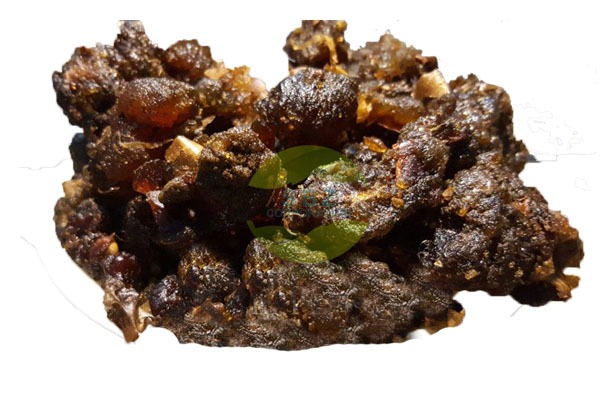
Gum Guggal Thar
Gum Guggal (Commiphora Mukul) originated from the Tharparker region (Sindh) of Pakistan. It is a pure resin, and has a dark brown appearance with scattered orange shade crystals. Common names are Devadhupa, Balsamodendrum wightii, Balsamodendrum mukul, Commiphora mukul, Commiphora wightii, Gomme Guggul, Gomme-Résine de Guggul, Guggal, Guggul Gum Resin, Guggul Lipids, Guggulipid, Guggulipide, Guggulu, Guggulu Suddha, Guggulsterone, Guggulstérone, Guggulsterones, Guggulstérones, Guglipid, Gugulipid, Gum Guggal, Gum Guggulu, Indian Bdellium, Indian Bdellium-Tree, Koushika, Mukul Myrrh Tree, Palankasha, Yogaraj Guggul Gum Resin. When burned, it has an earthy & moist smell. The main constituents are Guggulipids & Guggulsterones, Glabredin. It is used as burning and herbal incense. It has uses in naturopathy, pharmaceuticals and ayurvedic medicine.
Gum Guggal Regular
Gum Guggal (Commiphora Mukul) regular grade of Gum Guggal in irregular resin format. It is black, brown with touches of orange. It originates in Pakistan. Common names are Devadhupa, Balsamodendrum wightii, Balsamodendrum mukul, Commiphora mukul, Commiphora wightii, Gomme Guggul, Gomme-Résine de Guggul, Guggal, Guggul Gum Resin, Guggul Lipids, Guggulipid, Guggulipide, Guggulu, Guggulu Suddha, Guggulsterone, Guggulstérone, Guggulsterones, Guggulstérones, Guglipid, Gugulipid, Gum Guggal, Gum Guggulu, Indian Bdellium, Indian Bdellium-Tree, Koushika, Mukul Myrrh Tree, Palankasha, Yogaraj Guggul Gum Resin.
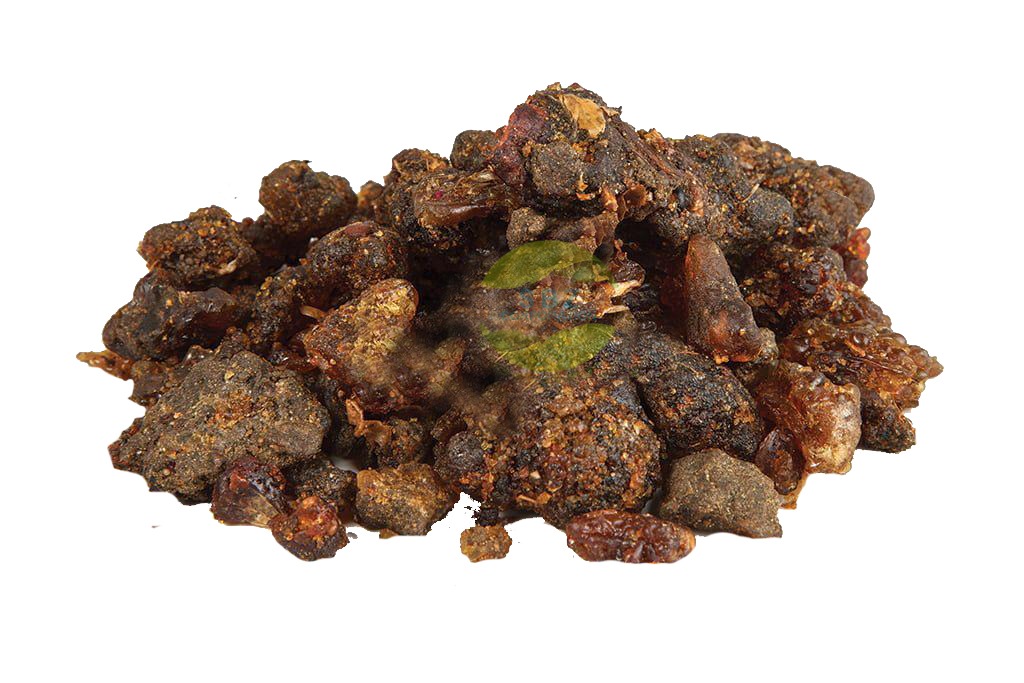
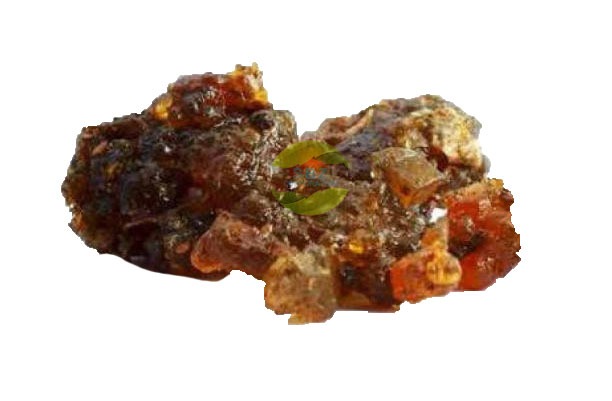
Gum Guggal Blended
Gum Guggal (Commiphora Mukul) blended grade of Gum Guggal is a mixture of all type of Commiphora Mukul. It originates in Pakistan. Common names are Devadhupa, Balsamodendrum wightii, Balsamodendrum mukul, Commiphora mukul, Commiphora wightii, Gomme Guggul, Gomme-Résine de Guggul, Guggal, Guggul Gum Resin, Guggul Lipids, Guggulipid, Guggulipide, Guggulu, Guggulu Suddha, Guggulsterone, Guggulstérone, Guggulsterones, Guggulstérones, Guglipid, Gugulipid, Gum Guggal, Gum Guggulu, Indian Bdellium, Indian Bdellium-Tree, Koushika, Mukul Myrrh Tree, Palankasha, Yogaraj Guggul Gum Resin.
Gum Dragon Blood
Gum Guggal (Commiphora Mukul) blended grade of Gum Guggal is a mixture of all type of Commiphora Mukul. It originates in Pakistan. Common names are Devadhupa, Balsamodendrum wightii, Balsamodendrum mukul, Commiphora mukul, Commiphora wightii, Gomme Guggul, Gomme-Résine de Guggul, Guggal, Guggul Gum Resin, Guggul Lipids, Guggulipid, Guggulipide, Guggulu, Guggulu Suddha, Guggulsterone, Guggulstérone, Guggulsterones, Guggulstérones, Guglipid, Gugulipid, Gum Guggal, Gum Guggulu, Indian Bdellium, Indian Bdellium-Tree, Koushika, Mukul Myrrh Tree, Palankasha, Yogaraj Guggul Gum Resin.
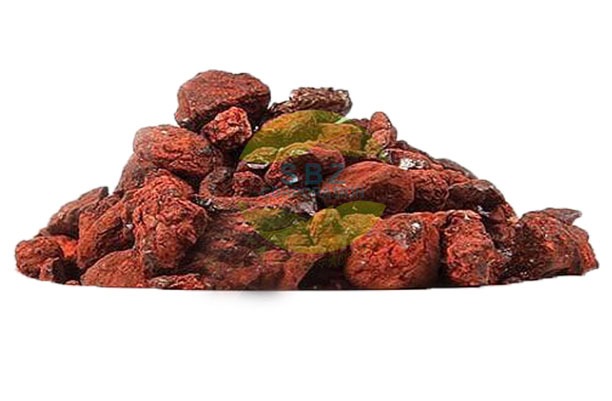
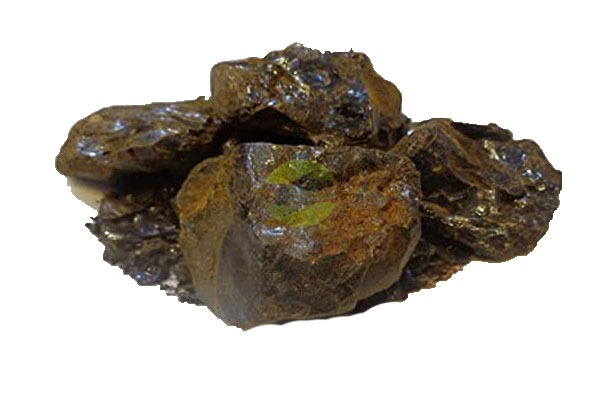
Gum Aloes
Gum Aloe is shiny black in appearance. It originates from Kenya. Botanical name is Aloe Barbadensis. The plant family it belongs to is Aloe vera, and is cultivated in every continent. Gum Aloes (Aloe Barbadensis) main constituents are Amino Acids, Anthraquinones, Enzymes, Hormones, Lignin, Minerals, Salicylic Acid, Saponins, Sterols, Sugars and Vitamins. Gum Aloes (Aloe Barbadensis) is used in pharmaceutical, cosmetics, dermatology and naturopathy. Gum Aloes (Aloe Barbadensis) promotes hair growth, kills bacteria, heals burns, scraps and cuts. Gum Aloes (Aloe Barbadensis) provides vital minerals to enrich skin and combats acne and other skin conditions.
Gum Arabic Mix
Gum Arabic has a dusty golden brown appearance. Gum Arabic originates in Kenya. Common names are Gum Acacia or Acacia Arabica. Botanical names are Acacia Senegal or Vachellia seyal.
Gum Arabic main constituents are Arabinogalactan; a bipolymer consisting of arabinose and galactose. It is used in pharmaceutical, food Industry i.e. chewing gum, icing, manufacturing of adhesive and paint & ink and pyrotechnics.
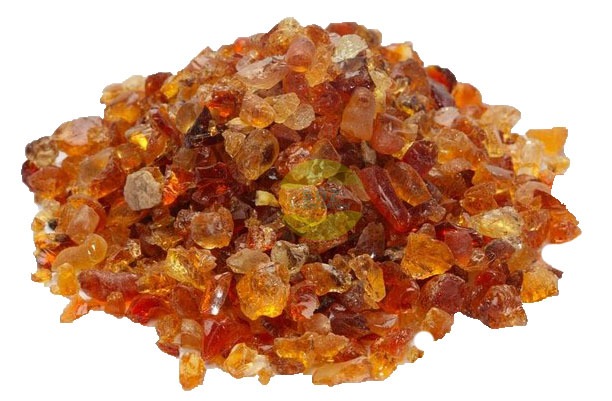
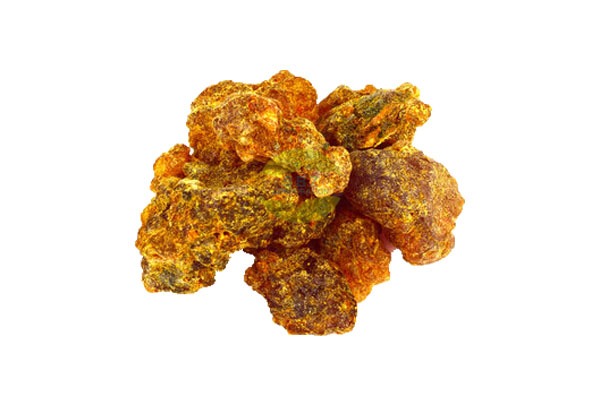
Gum Opoponax
Gum Opoponax (Commiphora Guiddoti) or “Sweet Myrrh” as some call it, is a cousin of Commiphora Myrrha (Ogaden). It grows in Eastern Ethiopia, Somalia, Kenya and Somaliland. This one grows in Ethiopia. It is a natural oleo gum resin just like Commiphora Myrrha (Ogaden). It is named sweet myrrh because it is not bitter like Commiphora Myrrha (Ogaden) but sweet-smelling and its taste is sweet also. In Ethiopia, it is also wild-harvested just like Commiphora Myrrha (Ogaden). If you put the two together they look rather similar.Opoponax has also a bit more orange to it while Commiphora Myrrha (Ogaden) is more reddish.It can be used to make skin look fresh by making a tincture or an herbal infusion. Some actually use it to aid digestion and help with congestion.
Black Gum Olibanum
Black Gum Olibanum (Boswellia Neglecta) resin comes from the Ogaden region in Ethiopia and also in Kenya. It components are made up of alpha-Pinene, alpha-Thujene, Sabinene, Delta 3 Carene and Limonene.Black Gum Olibanum (Boswellia Neglecta) cannot be tapped to increase the yield of valuable resin, there is less concern of over abuse and unsustainable harvesting practices. It is used for burning as incense for its incredible aroma and is quite pliable and sticky when held in one’s hand. I have broken off a piece and it oozes in my hand. It is full of essential oil and gum.The one from Ethiopia is a much sweeter Boswellia than that of Aden, Oman, Somalia and India with a slight minty note. I have used the resin from the other countries and notice a difference. The others have more of a masculine woodsy smell.
